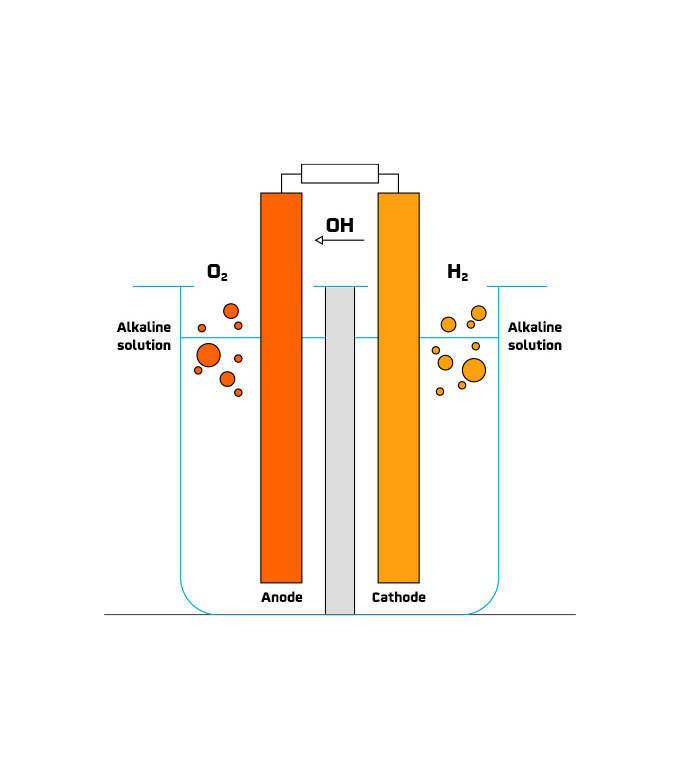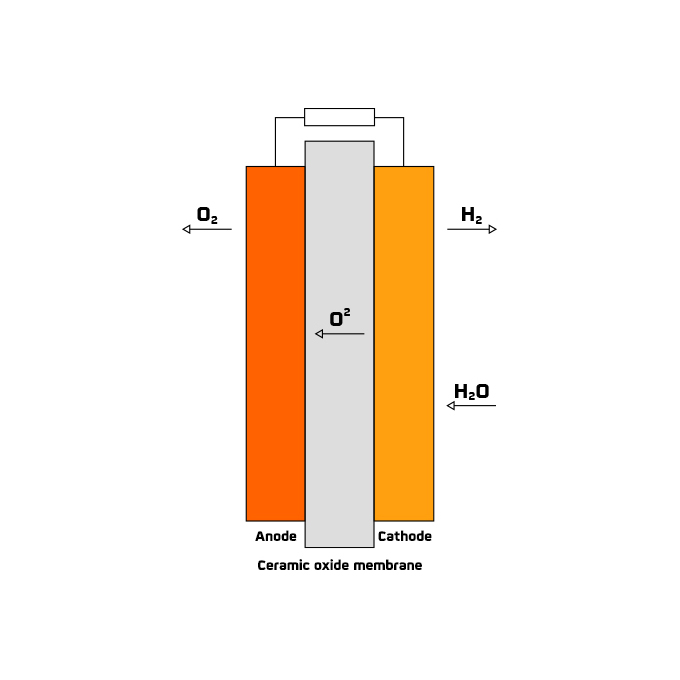Mobility field
Mobility field
Hydrogen-powered fuel cell vehicles are a growing option for heavy-duty road transport. Synthetic fuels (net zero emission fuels from water and CO2) are made from renewable hydrogen.
As a raw material
As a raw material
It is also used as a raw material in refining processes —one more step for the decarbonization of the energy industry— or in the chemicals industry, to produce ammonia, methanol, and other chemicals.
As an energy vector, it can be produced with renewable energies during periods of low demand and then be used to generate electricity through fuel cells or hydrogen turbines.
Heating and refrigeration
Heating and refrigeration
Renewable hydrogen can be burned in hydrogen boilers to generate heat or even be used in absorption refrigeration systems.




